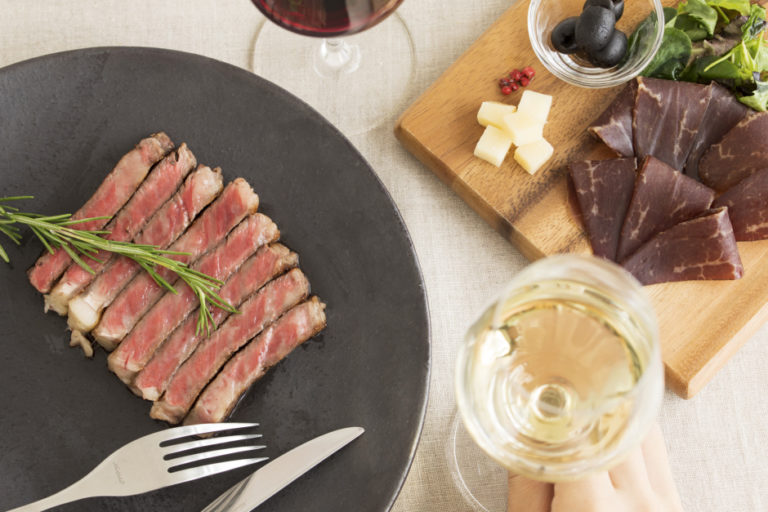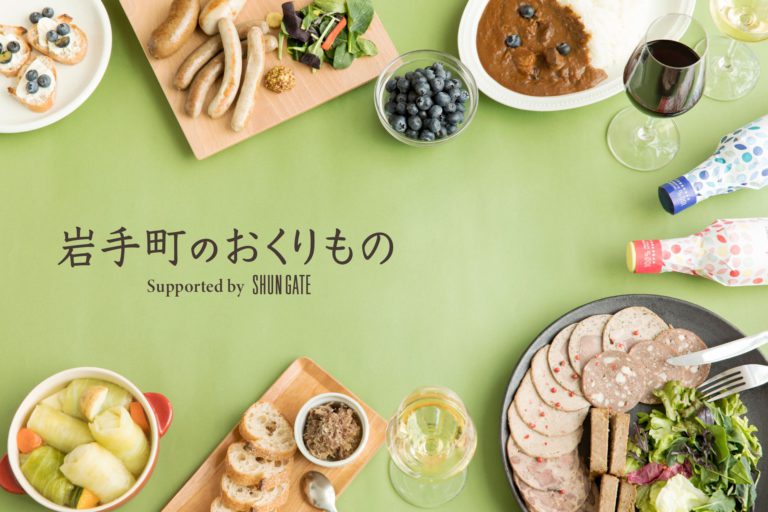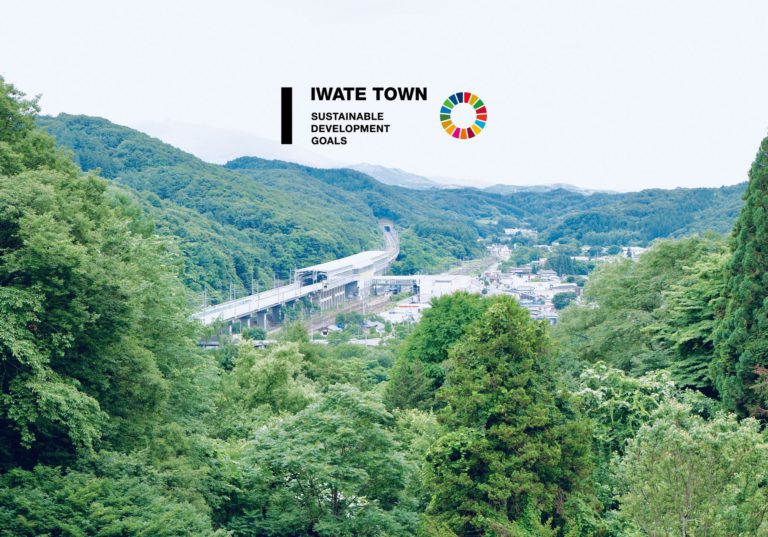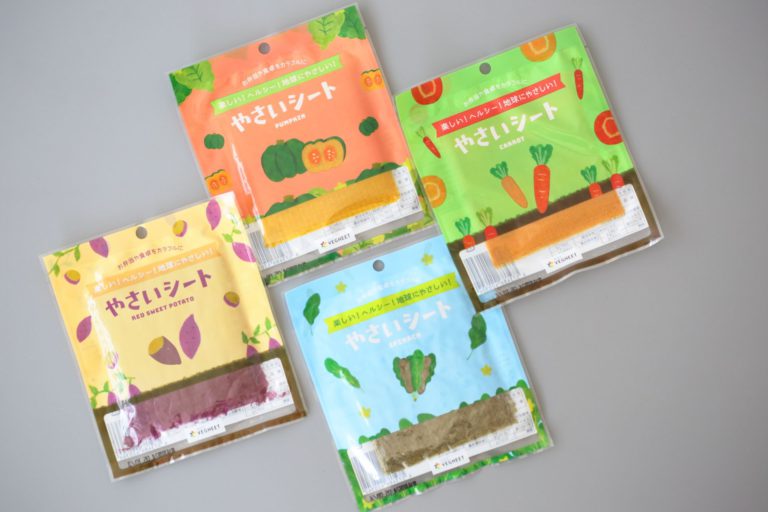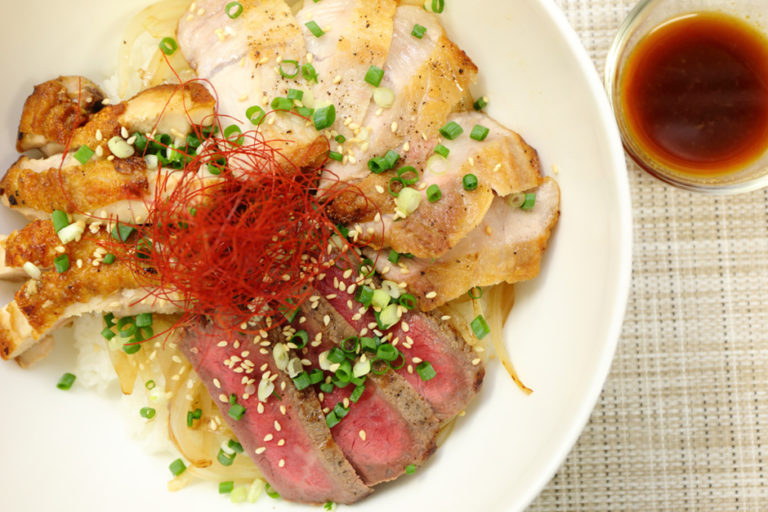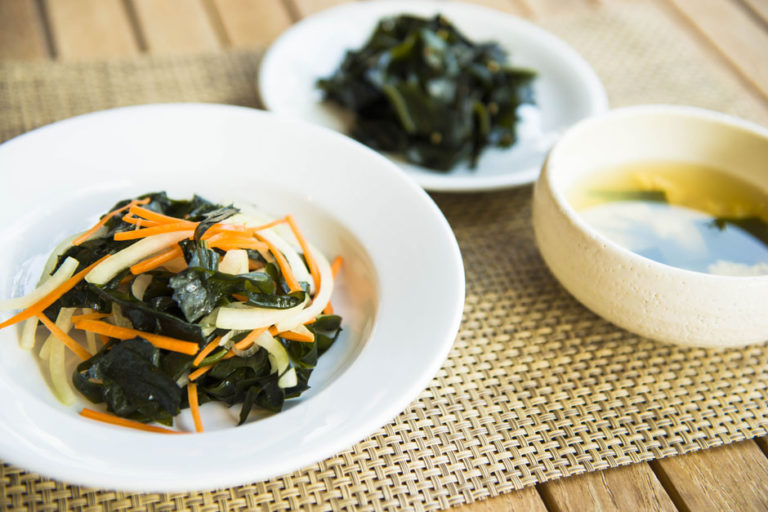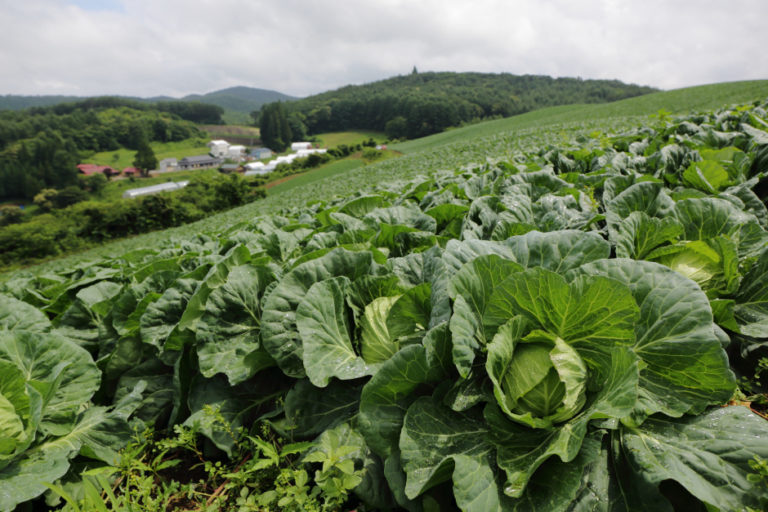Nature, Food, and People Weave Together the Tastes of Water-Rich Iwate-Machi
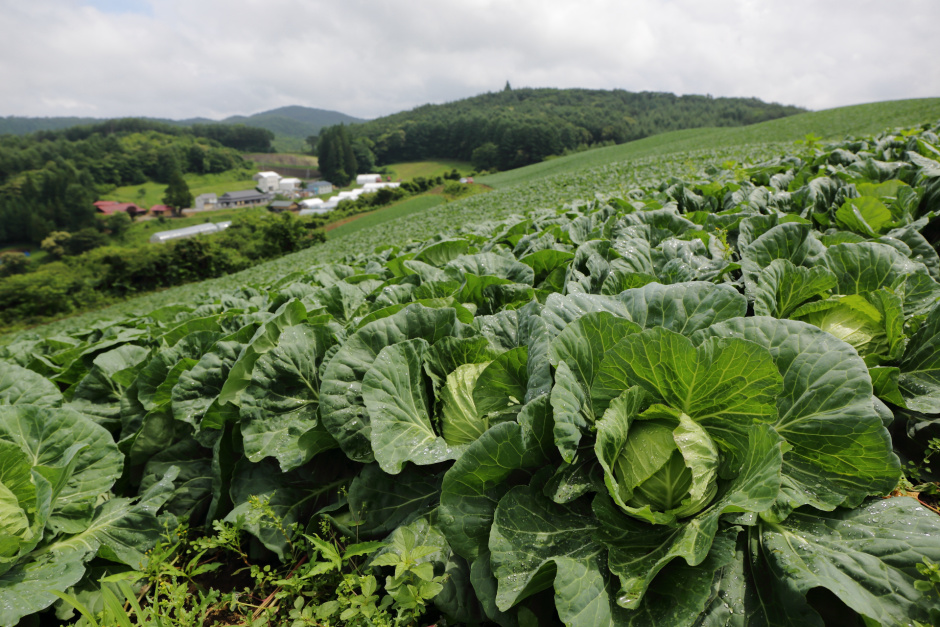
“Iwate Haru Midori” (Iwate Spring Green) cabbage, in which young farmers entrust their dreams
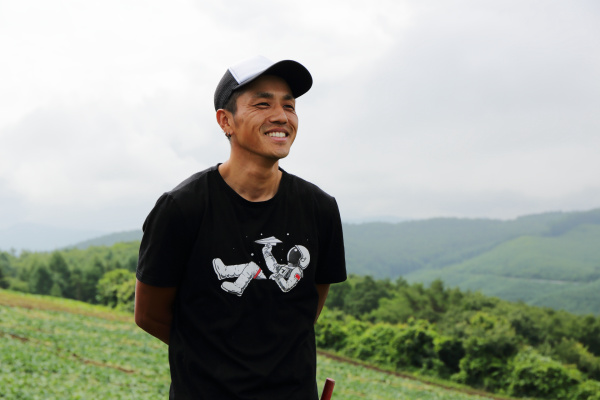
We visited a cabbage field where the harvest was at its peak. Iwate-machi has prospered as a cabbage production area since before the second world war.
About 120 producers farm the vegetable. Yutaka Takamura of Greens Takamura is one such producer. Although only 31 years old, he already has more than 10 years of experience in this. Takamura and his father opened up the land on the gently sloping hilly area for use as a cabbage field.
“Because of the high altitude and difference in temperature between day and night, the cabbages become sweeter. The sloping landscape also makes draining easy,” says Takamura.
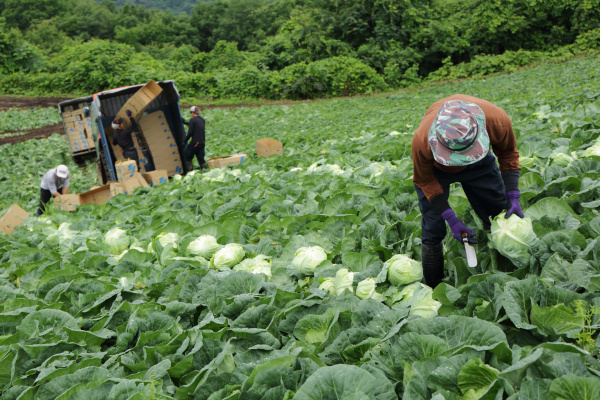
The field produces a cabbage called “Iwate Haru Midori.” This cabbage is branded by Iwate-machi and characterized by its softness and strong sweetness. It can also be enjoyed raw because it is free of the distinctive grassy taste that many cabbages have.
The “Iwate Haru Midori” cabbage has been cultivated in the area since the 1980s. Until then, the main variety was “Nanbu Kanran,” which was even exported. However, shipment volumes gradually stagnated due to changes in consumers’ dietary habits, and waves of various plant diseases added to the woes.
In an attempt to break through the prolonged period of depression, local producers replaced conventional winter varieties with high-quality spring varieties. The new variety was branded “Iwate Haru Midori” for its vividly colored leaves, and it has become an agricultural product that is representative of the town.
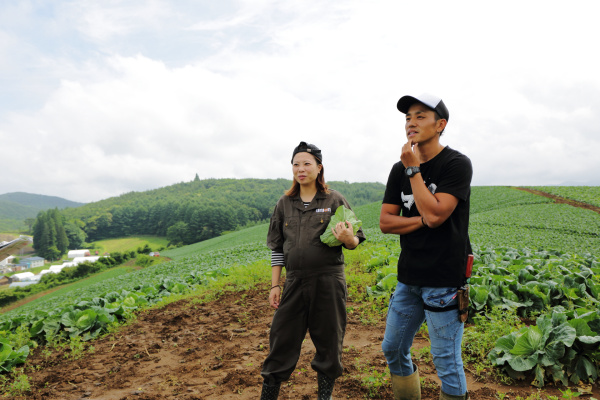
The planting season for this cabbage begins in spring, and harvesting starts in July. Planting and harvesting are then repeated until around October. During these months at Greens Takamura, Takamura’s parents, Takamura himself, his wife Narumi, and interns from Japan’s technical intern training program all work together to harvest the crops. Freshly picked “Iwate Haru Midori” are packed and shipped immediately to supermarkets in and outside the prefecture.
At the moment, Takamura’s primary interest is “smart agriculture” in which AI technology is used for quality control and robots help streamline farming. “Together with other young farmers, we work to promote mutual growth and exchange information,” he says.
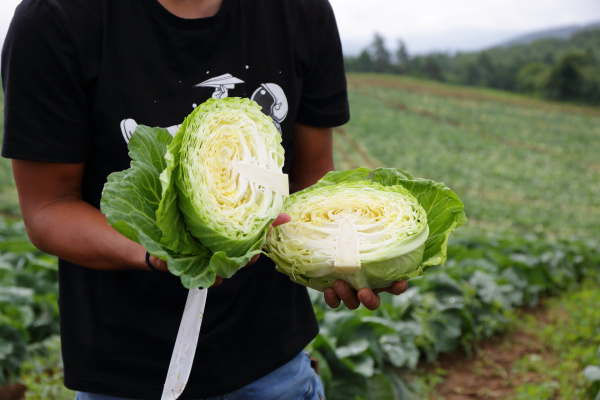
“Of course, I want to produce delicious vegetables. But I also want to produce more so that I can become a ‘farmer who earns.’ I hope we can become role models and get the younger generations interested in agriculture.”
His passion for the agricultural leaders of the future drives his interest in new technology, keeping him from becoming stuck in his ways.
A farm that also offers a blueberry picking experience
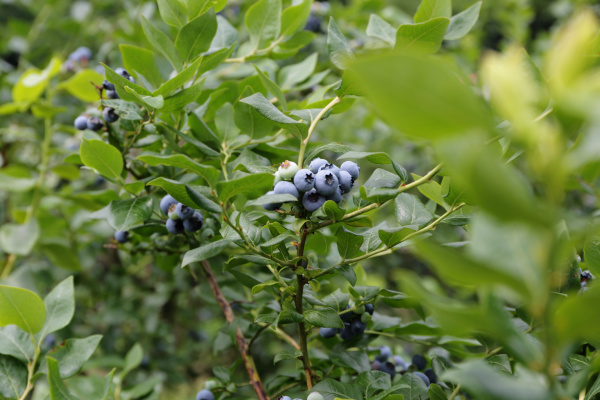
Blueberry, which is in season at the same time, is another specialty of Iwate-machi alongside cabbage. In 1976, blueberry saplings were brought to Iwate Prefecture from the Nagano Prefecture Agricultural Experiment Station through Iwate University. The cold resistance of the High Bush variety attracted attention, and full-scale cultivation started in 1982. Iwate-machi pioneered this movement.
At first, blueberries became a popular summer income source for asparagus producers. The sweet, tangy taste of blueberries does not lose its distinctness even when processed into jams or jellies as well as when eaten raw. Currently, Iwate-machi boasts of the most shipments of blueberries for processing in the prefecture.
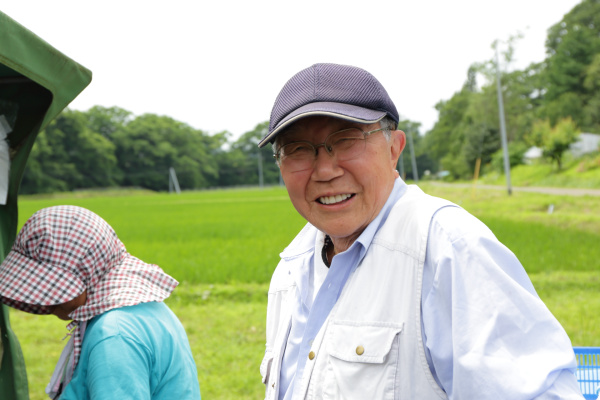
The town features many farms for tourists where one can enjoy blueberry picking. We visited one such farm, Towada Farm. Spread across 0.6 hectare on sloping lands and flatlands with a view of Mount Iwate and Mount Himekami, Towada Farm operates 0.1 hectare of its land as a tourist farm.
“Blueberries reach their best times to eat starting from the early-maturing varieties of Weymouth and Bluetta around the end of June followed by Earliblue, Bluecrop, and Northland, and you can enjoy blueberry picking until the end of August. Although they all look the same, each has a unique tanginess and sweetness,” says Tadashi Towada, the farm’s representative.
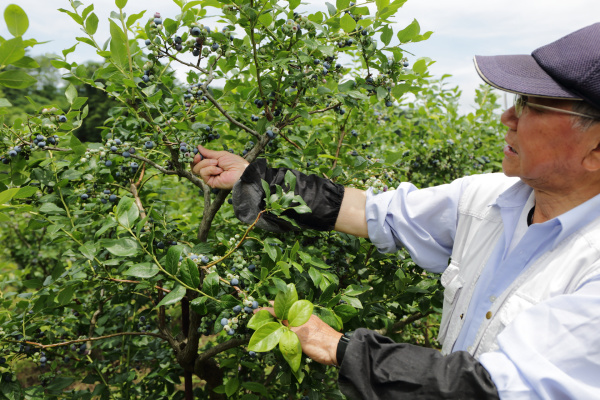
Besides implementing measures to prevent insects in the spring and applying fertilizers semiannually, the farm grows the blueberries in as natural an environment as possible. Visitors can sample the berries during the blueberry picking experience. The farm is proud of offering “blueberries ‘in-season’ at all times, which is possible because it grows various varieties.”
While walking us around the farm, Towada picked some Earliblue berries, each about 1.5 cm in diameter. He tells us that the white powdery “bloom” that floats over the dark-blue skin is a sign that it is the best time to eat the berries.
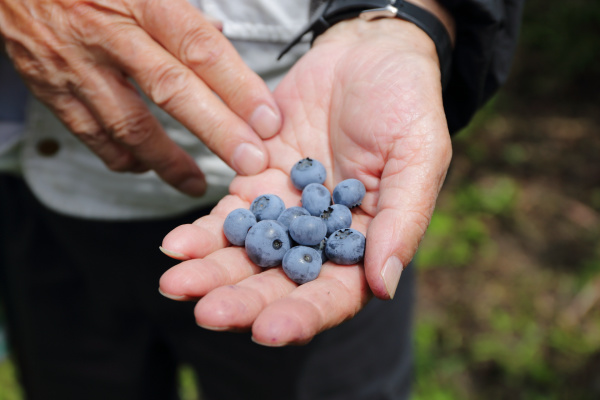
When bit, the skin pops, prompting the berry juice to spread inside the mouth. The wild, tangy, sweet taste blew away the summer heat. By the time the aftertaste disappears, one can’t help but reach for the next berry. Picking the blueberries with one’s own hands and eating them on the spot is the sort of luxury only a tourist farm can offer.
Cecina, a greatly aged dry-cured beef ham crafted entirely in Iwate
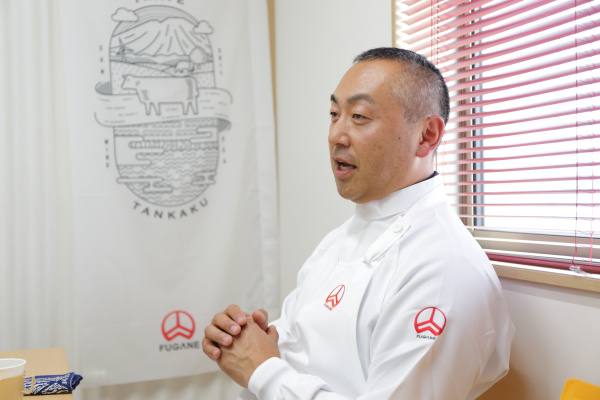
“Since I was a child, I was given a special education on meat.”
So says Representative Director Shinji Fugane of meat and deli retailer “Niku no Fugane.”
His paternal grandfather worked in the livestock industry, while his maternal grandfather worked in the meat processing industry. Thus from childhood, Fugane was taught the know-how of the meat industry. After graduating from college and refining his cooking skills at a Western-style restaurant and a Japanese cuisine restaurant, he inherited his family business from his father in 2001.
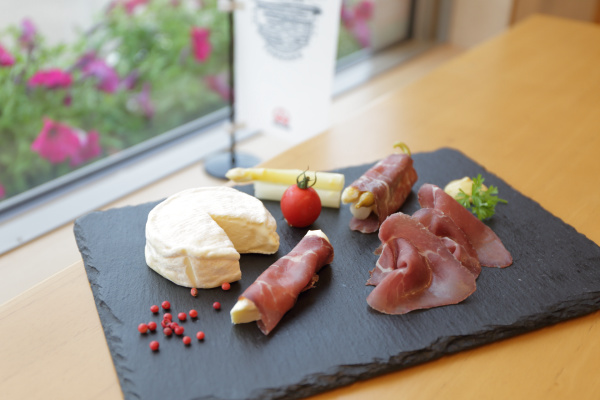
During his years as a chef, Fugane learned the joys of product planning and development. Currently, he is focusing on promoting “Cecina.”
Cecina is a dry-cured beef ham that originated in the province of León in northwestern Spain. The ingredients are only beef and salt. Because of its simplicity, the quality of the ingredients and the manufacturing technology determine the taste.
When Fugane ate cecina at a trade fair in Barcelona in 2014, he was amazed. After placing a slice in his mouth, the flavor of the beef and the taste of the salt were directly delivered to the palate, and the fermented cheese-like smell wafted to the nose. He felt a grassy afternote from the lingering scent on his tongue.
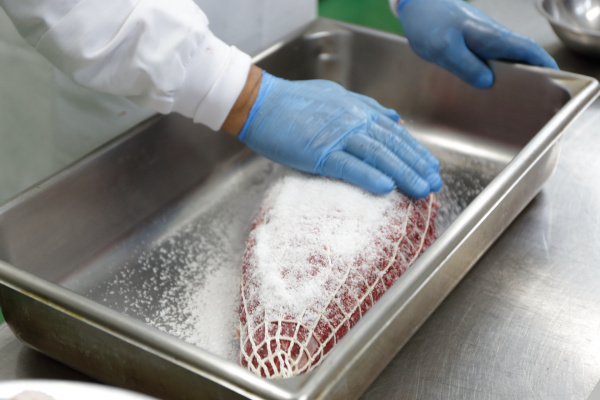
“I couldn’t believe there was such a delicious dry-cured beef ham.” It was at this moment that Fugane resolved to make cecina himself using local Iwate beef and salt.
Three years later, he flew to Spain and toured cecina plants to study the beef ham’s production methods in detail.
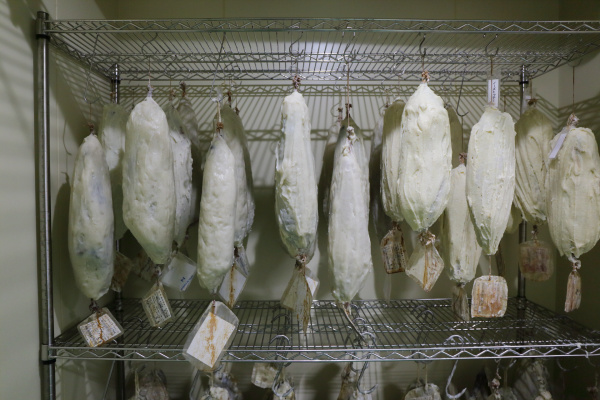
After a year, Fugane finally completed the development of “Iwate Shorthorn Wagyu Cecina.” Fugane’s unique production method uses only quality ingredients, namely Iwate Shorthorn brand beef and “Nodashio” natural salt from Noda, Iwate, in order to slowly age the beef.
Iwate Shorthorn is a brand of cows that are bred and grazed naturally. Low in fat, the beef’s flavor is accentuated as one chews. The mild saltiness of Nodashio brings out the flavor.
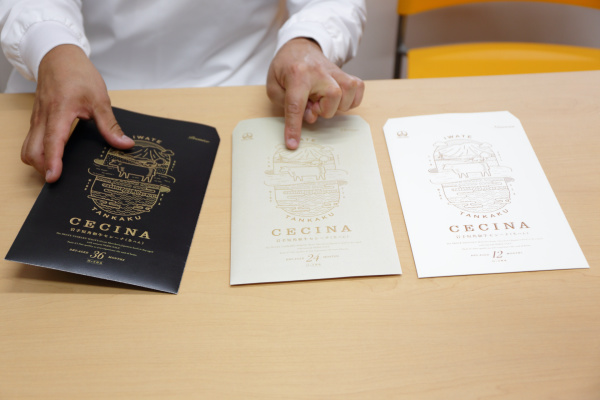
The cecina lineup contains three varieties divided into 12-, 24-, and 36-month aging periods. Full-scale sales began in April 2020, when the 12-month-aged product launched.
Fugane comments, “Spreading cecina throughout Japan is my way of giving back to Spain.” His new challenge has just begun.
‘Senary’ products filled with the attractive features of local specialties
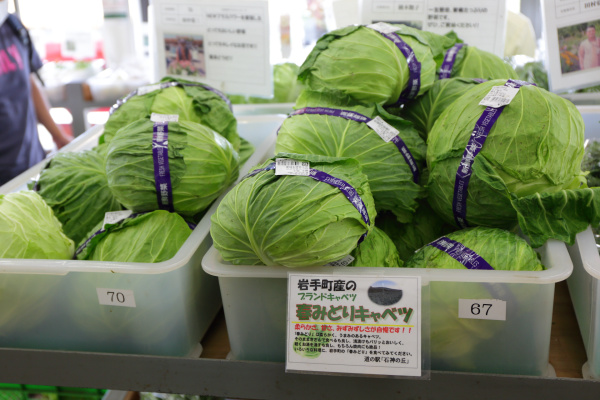
“These are definitely a must-try!”
“Open-field cultivation is essential.”
In the farm-fresh section of the roadside station Ishigami-no-Oka, producers sell various produce that are accompanied by messages with photographs of the farmer. About a hundred union members sell their products here. Separating the products by producer seems to boost the producers’ motivations, as they can instantly see how much their products are selling. While many roadside stations generally supply produce from multiple local governments, Ishigami-no-Oka amazingly sells only products made in the town.
At the restaurant inside the roadside station, visitors can choose from many options and enjoy dishes made with fresh farm products. At the store adjacent to the restaurant, unique products from the ‘senary’ industrialization of agriculture are sold in addition to standard gifts such as local sweets and food. All have a great impact, including the “Cabbe-chu” shochu made from aged cabbage, the special “Cabbetarian Sengen” sauce especially for cabbage, and “Blueberry Curry” featuring large, whole blueberries.
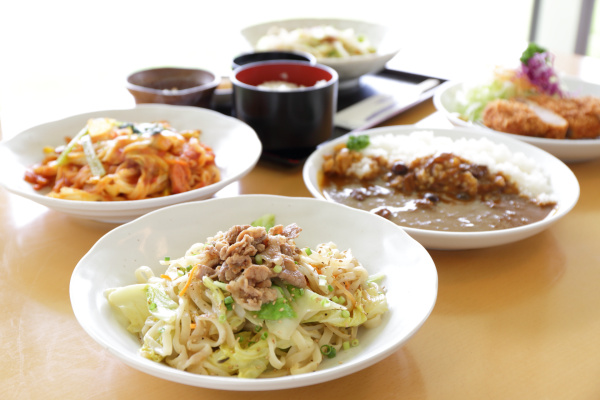
Iwate-machi Furusato Shinko Kosha, which operates Ishigami-no-Oka, develops these products. The company is in the third sector funded by Iwate-machi and was established alongside the opening of Ishigami-no-Oka in 2002.
“Senary products represent the town,” says Toshiki Daibo, Deputy Manager of the company.
“While it is also important to promote agricultural products as they are, we will attract a wider audience if they are processed and distributed. For example, if you like alcohol, you might learn about Iwate-machi, the cabbage production area, through ‘Cabbe-chu.’ I believe the strength of producing senary products is that the town’s attractive features can be clearly conveyed.”

Since 2019, the company has been working with designers in the prefecture to develop products while taking branding into consideration. The first senary product created through the new system was “Lulu and Lili,” a wine made from blueberries produced in the town. The packaging was designed with blueberry fruits and leaves to primarily target female customers. The alcohol content is a low 7.5% with a slightly tangy flavor and mild sweetness.
“It became more popular than we had imagined, selling about 5,000 units in less than a year. We launched an apple wine, our second phase of products, in July 2020.”
With the 20th anniversary of the opening of the roadside station Ishigami-no-Oka in 2022 just around the corner, expectations are also rising. We are convinced that Daibo will continue to impress as he is eager to create a hit product that surpasses “Lulu and Lili.”
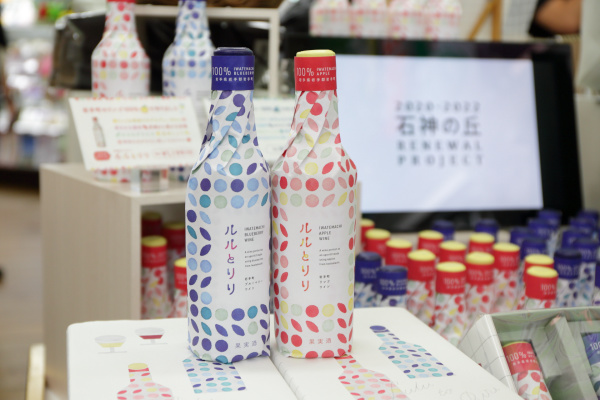
“All your vegetables were delicious! We’re very impressed!”
Daibo often hears such words from tourists. However, he tells us that there are many producers who do not really understand this type of reaction. In this town, agricultural products are simply regarded to be delicious. This unpretentious attitude has led to earnest production activities and made the town into the prefecture’s top food producer.
Cabbages, blueberries, cecina, and wine—the personalities of their producers are similar, as all the products had a low-key appearance yet unforgettable taste.


